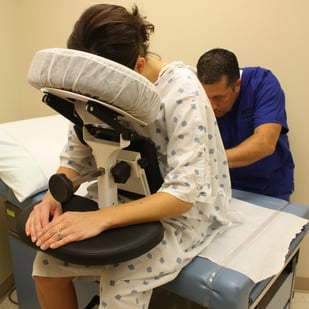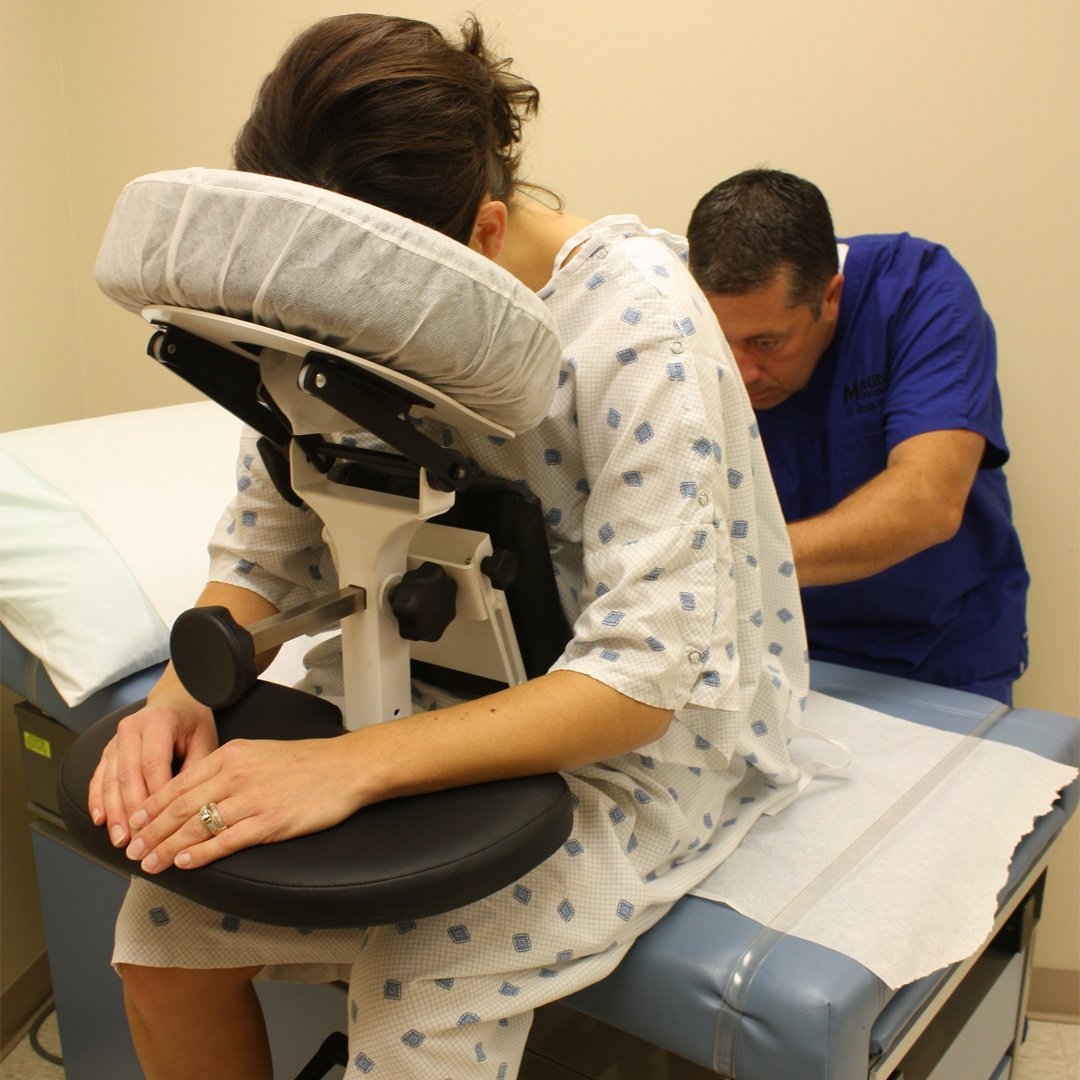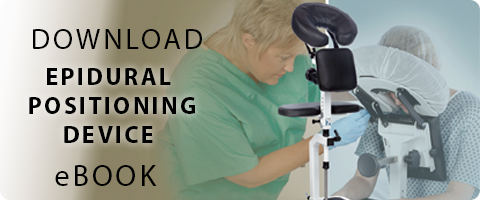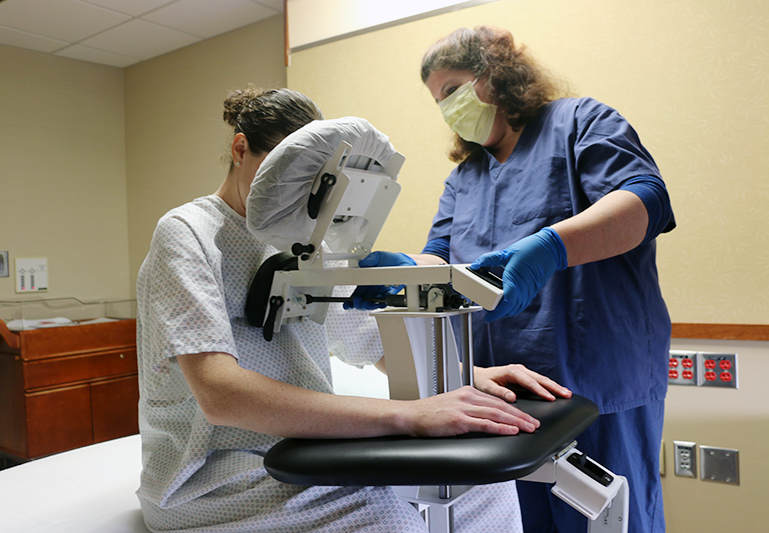You've most likely heard of an epidural and automatically associated it with childbirth. Although this blog focuses on the epidural during the childbirth process, it is important to know epidural anesthesia can be used for other medical situations as well.
What exactly is an epidural?
An epidural is a type of local anaesthetic that can be used to completely block pain while you are awake. Epidural anaesthesia can be used to numb sensation and provide pain relief in multiple medical situations. The primary situations epidurals are used for are:
- Childbirth
- During a caesarean section – where a baby is delivered through a cut made in the abdomen
- After surgery that has been carried out under general anaesthetic
- During other types of surgery – such as knee surgery, hip replacement surgery, rib or chest fractures, and amputation of the lower limbs
Epidurals have the advantage of allowing a patient to avoid the potential complications and common side effects of general anesthetic, such as feeling sick and dizzy. The goal of an epidural is provide analgesia, or pain relief, rather than anesthesia, which leads to total lack of feeling. Epidural anesthesia is the most popular method of pain relief during labor; more than 50% of women giving birth at hospitals use epidural anesthesia.
Labor and childbirth
You may not be sure whether or not an epidural is for you. Some prefer to have an epidural as soon as possible and some mothers want a drug-free delivery experience. However, your midwife and anesthetist can advise you on having an epidural during labor and childbirth, and whether they think it’s necessary. However, remember that the final decision will be yours.
An epidural may be recommended during:
- A particularly painful, complicated or prolonged labour
- The delivery of twins or triplets
- A caesarean section delivery if an epidural was given during labour
- An assisted delivery – where either forceps or a suction cap (ventouse) is attached to the baby's head to help with the delivery
Administering an Epidural
Intravenous (IV) fluids will be started before active labor begins and prior to the procedure of placing
the epidural. You can expect to receive 1-2 liters of IV fluids throughout labor and delivery. An anesthesiologist, an obstetrician or nurse anesthetist will administer your epidural.
You will be asked to arch your back and remain still while lying on your left side or sitting up, like shown with our EPD device. This position is vital for preventing problems and increasing the epidural effectiveness. A small area on your back will be injected with a local anesthetic to numb it. A needle is then inserted into the numbed area surrounding the
spinal cord in the lower back.
After that, a small tube or catheter is threaded through the needle into the epidural space. The needle is then carefully removed, leaving the catheter in place to provide medication either through periodic injections or by continuous infusion.The catheter is taped to the back to prevent it from slipping out.
Combined Spinal-Epidural (CSE) or "Walking Epidural"
Mobile epidurals, also known as walking epidurals, are low-dose epidurals that may be used during labor. A smaller amount of local anesthetic is used in combination with other painkilling medicines.
As your nerve sensations are not completely blocked, a mobile epidural gives pain relief without as much of the numbness or heavy-legged feeling that’s experienced during a full epidural.
Another advantage of a walking epidural is that you will be able to feel the contractions and the need to push during the final stages of labor.
As you still have some sensation in your legs, you can also move around if you need to, although it’s not always recommended.
Why Epidurals May Not Be Used
In rare cases, an epidural isn’t recommended. For example, it may not be suitable if you:
- are allergic to local anesthetics
- are taking medicines to thin your blood, such as warfarin
- have a blood-clotting abnormality that increases your risk of bleeding
- have previously had back surgery, or you have other problems with your back
- have a spinal deformity or severe arthritis in your spine
- have a neurological condition that affects your nervous system, such as spina bifida
Your anesthetist can provide you with more information and discuss the potential risks in these situations.
Works Cited
Epidural anesthesia - What it is used for. (2015, April 01). Retrieved January 11, 2017, from http://www.nhs.uk/Conditions/Epidural-anaesthesia/Pages/Whatitisusedfor.aspx
Using Epidural Anesthesia During Labor: Benefits and Risks. (2016, August 30). Retrieved January 11, 2017, from http://americanpregnancy.org/labor-and-birth/epidural/



